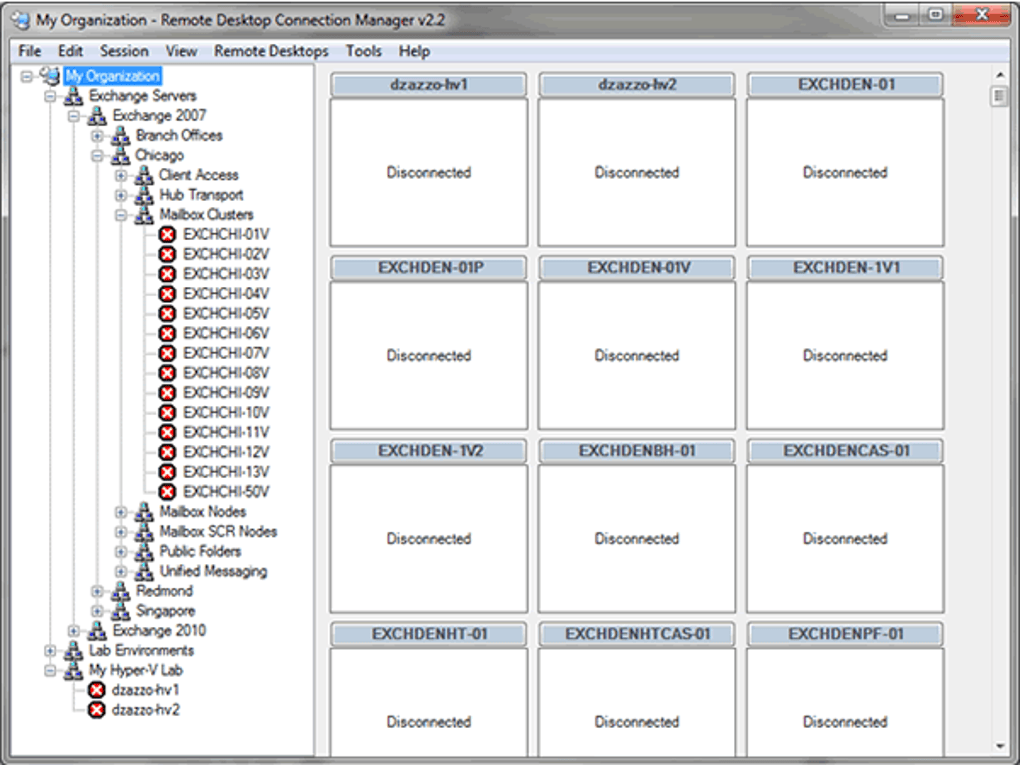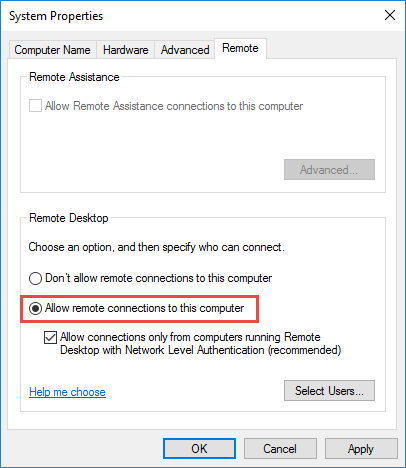

An average of 150-200 MB of memory is needed per user session (without accounting for any apps launched during the session). Microsoft’s policy towards multiple remote desktop sessions is clear: if users want a Remote Desktop server, then they should purchase a Windows Server license, RDS CALs, and then install and configure the role of the Remote Desktop Session Host (RDSH).įrom a technical perspective, any version of Windows running enough RAM can enable concurrent remote desktop sessions for multiple users. Thus, the user volume restrictions don’t permit users to create terminal RDP servers based on a single workstation that could be used by multiple individuals. In all actuality, the Windows 10 multiple remote desktop sessions limitations are restricted per license and have nothing to do with technical limitations. If users work on a local computer console, newly created RDP connections will terminate the console session (RDP sessions can also be forcibly ended if users attempt to log in locally).Only a single RDP session/connection is allowed at a time, and if a secondary user tries to run an additional session, they’ll either be prompted to cancel their connection or proceed and automatically close the other connection already in use.


See the exact message below: “Another user is signed in. If an additional user attempts to run a second RDP session, they’ll receive a pop-up warning telling to disconnect the first/previous user session to proceed. However, multiple remote desktop connections aren’t possible meaning that only one remote session can run at a time. Read on to learn how to get around the limitations of remote desktop on a Windows system.įor users operating Windows 10 Pro and Enterprise editions (Home edition is not compatible), they are able to set up the remote desktop connections in Windows 10 via the Remote Desktop Protocol (RDP) Services. Fortunately, the information we offer here will also work with Windows 11, the newest version of the popular operating system. NOTE: Our original article targeted Windows 10 users who need to implement multiple remote desktop connections. Can multiple users remote desktop at the same time? This article will uncover the answer.


 0 kommentar(er)
0 kommentar(er)
